A host of ancient faces for the Vasari Corridor, the elevated walkway that has connected Palazzo Pitti to Palazzo Vecchio since the 16th century by crossing the Uffizi and the Arno on the Ponte Vecchio. Fifty Greco-Roman busts, important examples of imperial portraiture, have been relocated along the stretch suspended over the city, returned to public use after more than 30 years of absence. Prominent among them are the effigies of Cicero, Emperor Augustus, Antoninus Pius and Commodus, alongside those of the empresses Sabina - wife of Hadrian - and Faustina, consort of Antoninus Pius.
The operation marks the opening of a new chapter in the strategic Future in Antiquity program, the line of enhancement initiated by Uffizi Galleries director Simone Verde. The return of the sculptures, which came from storage where they had been lying since 1993, aims to evoke the splendor of the Medici. The sculptures, aligned along the segment that spans the Ponte Vecchio, accompany the visitor’s gaze on two planes: on one side the busts themselves, on the other the Florence that shines beyond the oval windows, in a continuous cross-reference between past and present.
The fifty sculptures had been removed from the second floor of the Uffizi Gallery in 1993, when it was decided to restore those rooms to the 18th-century configuration documented in contemporary sources. The “historical” set-up presupposed removing everything that had entered the collection after the mid-18th century, allocating the surplus pieces to storage. By that time the imperial busts, although fine examples of Roman portraiture, had disappeared from the horizon of the general public.
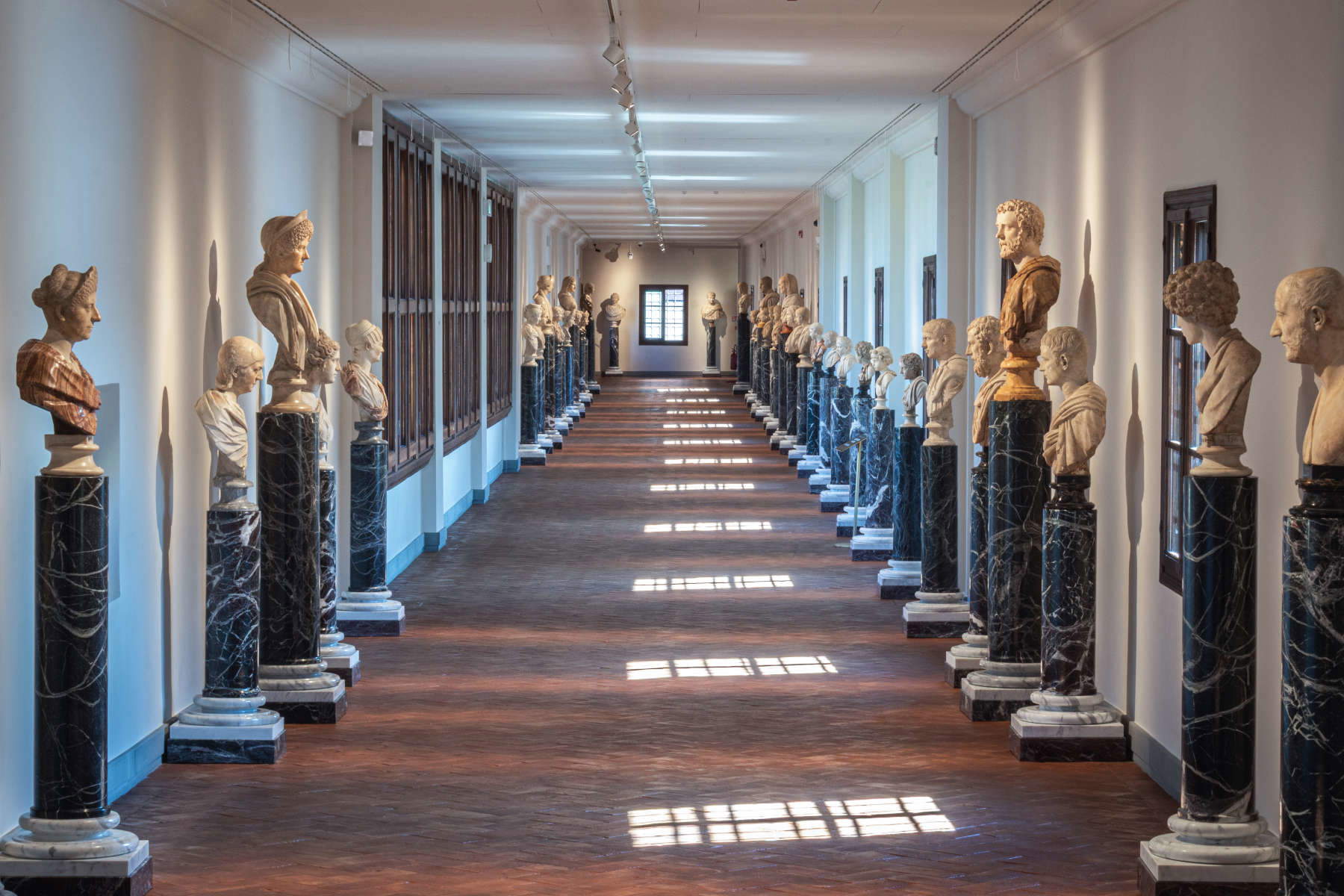
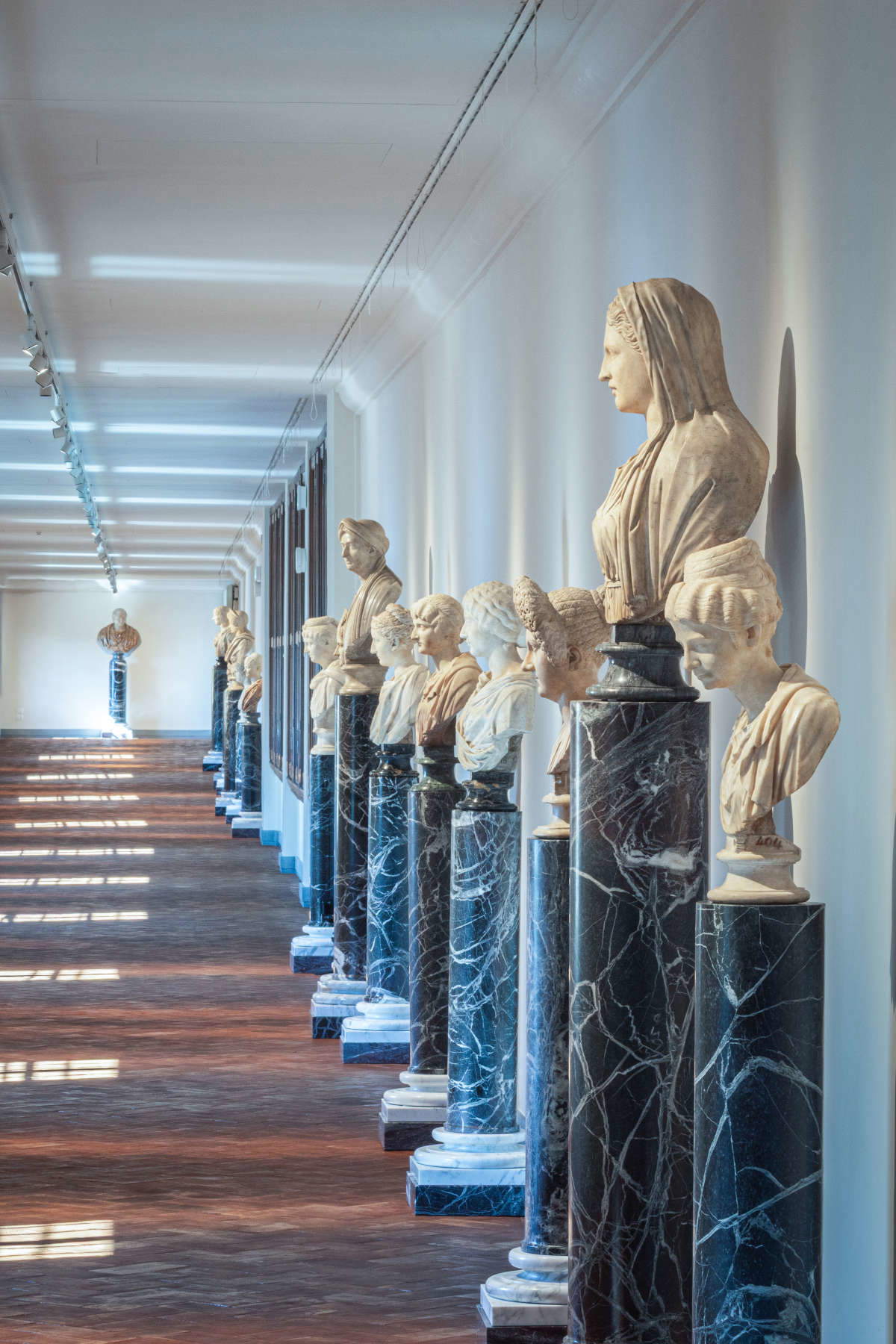
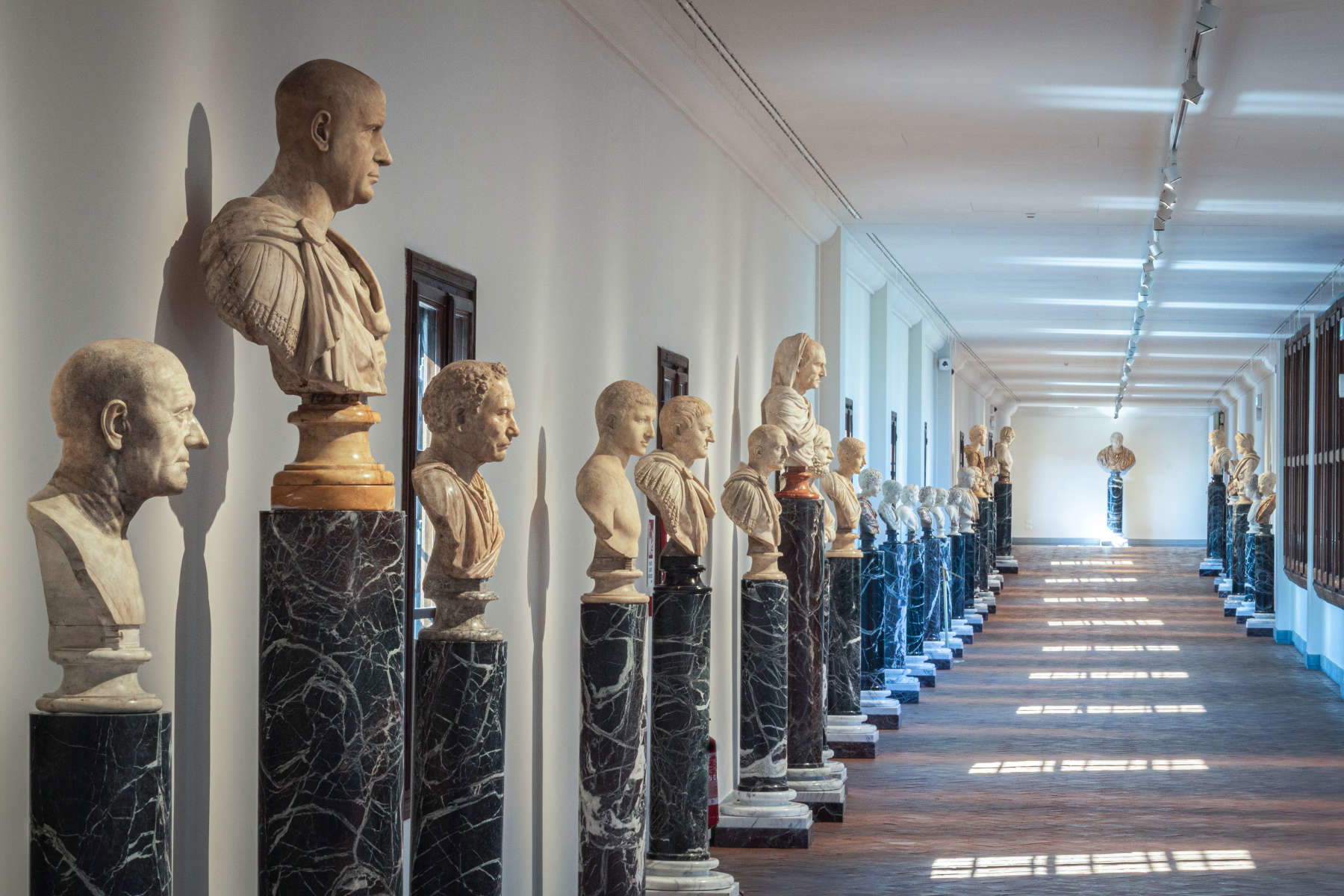
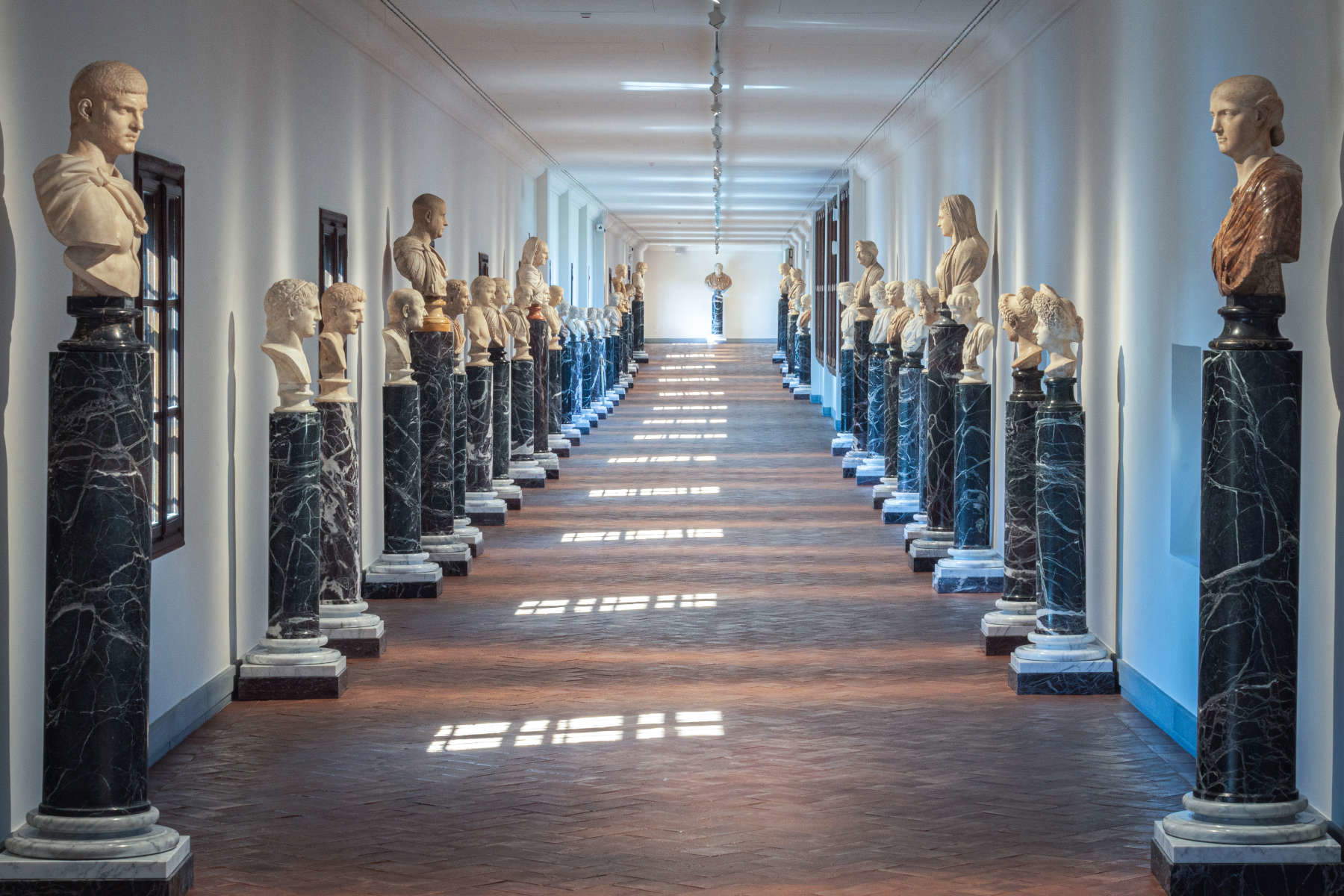
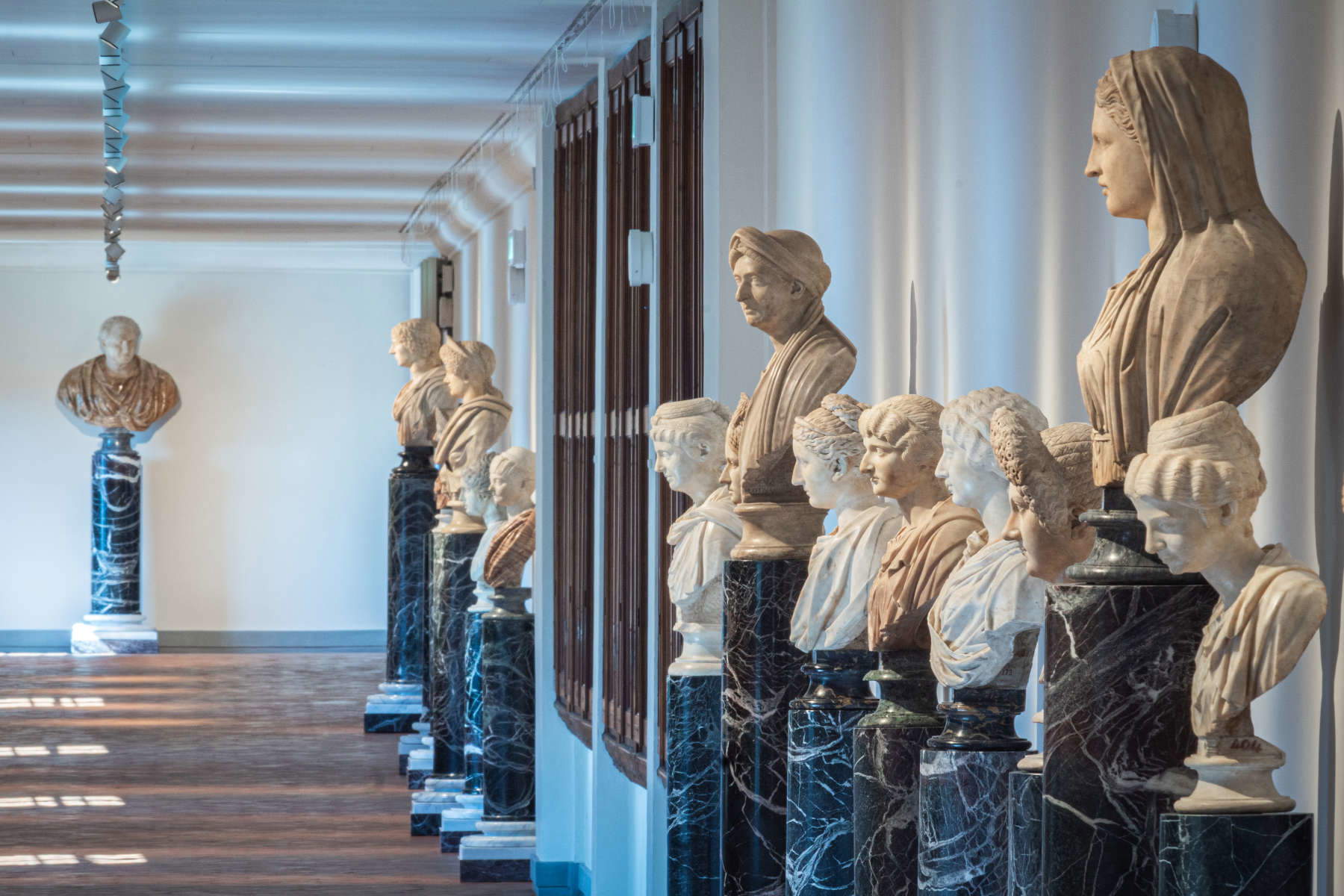
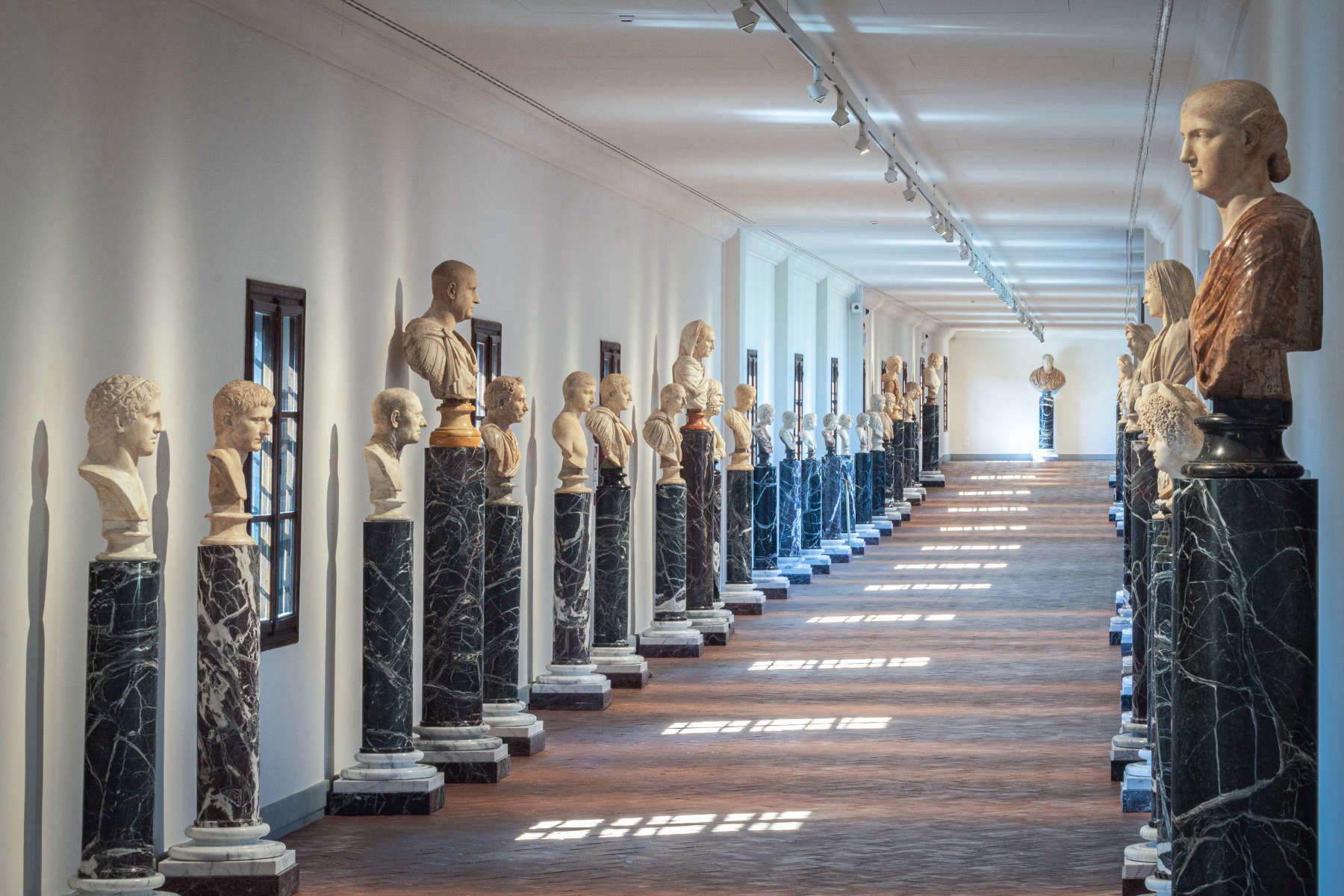
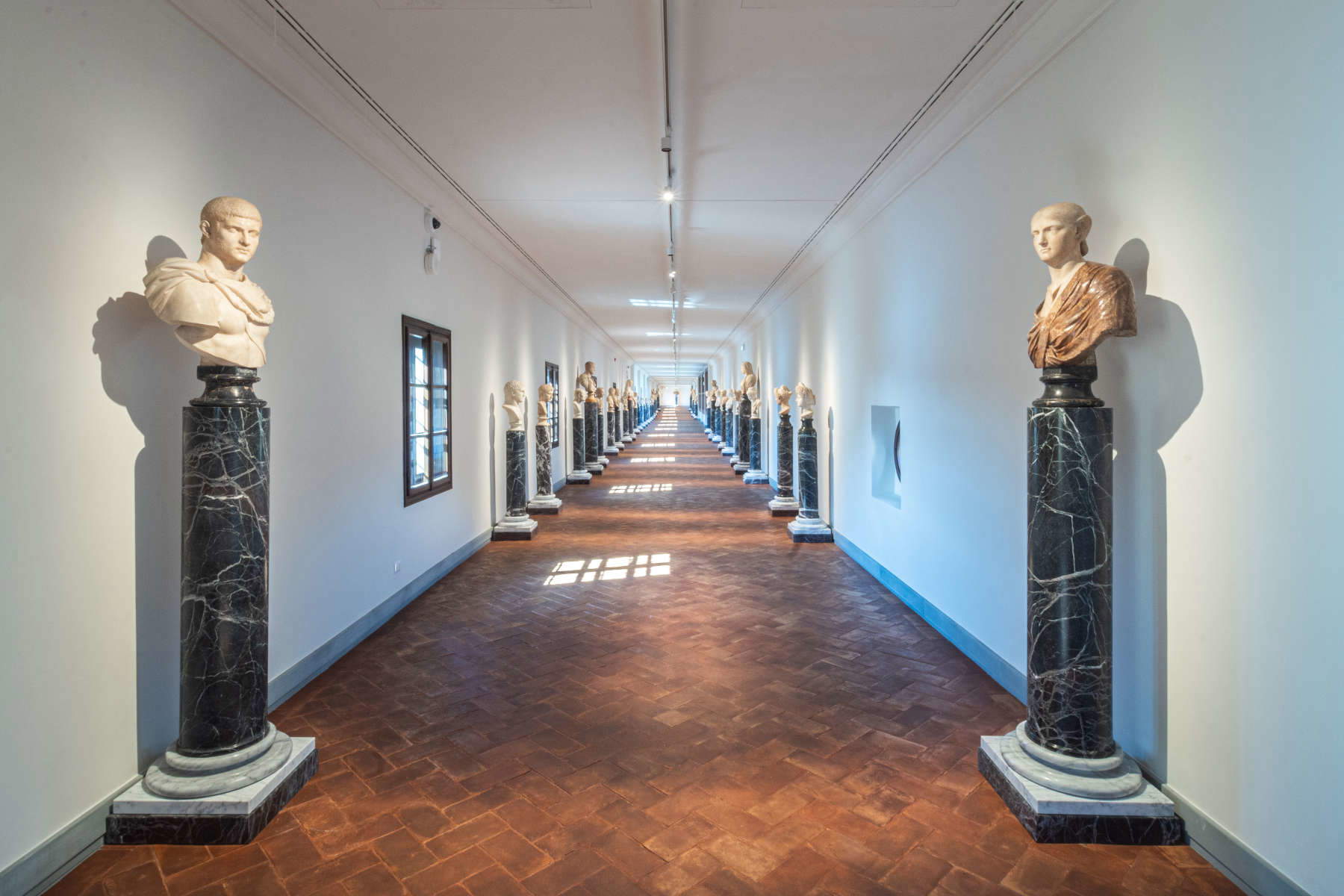
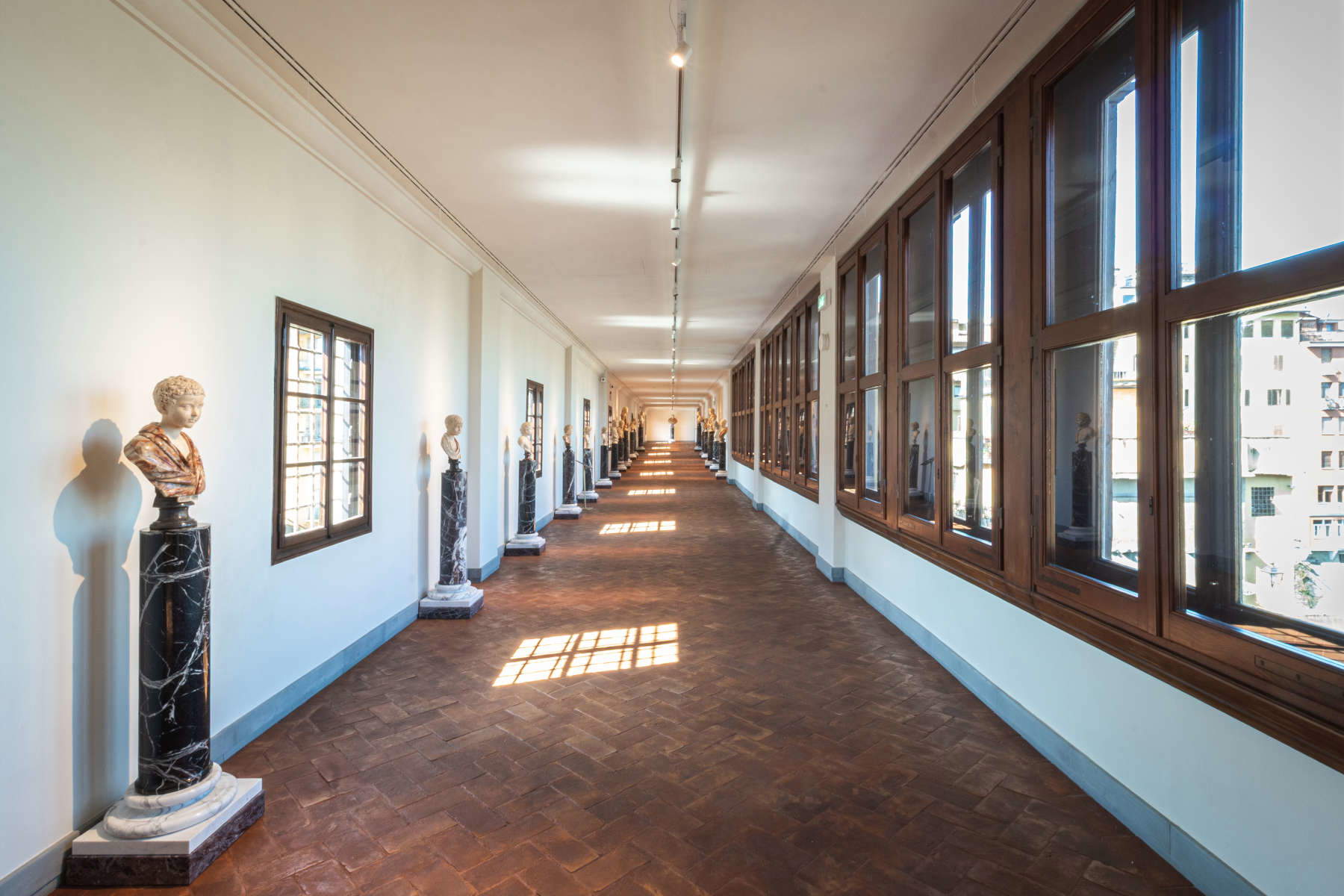
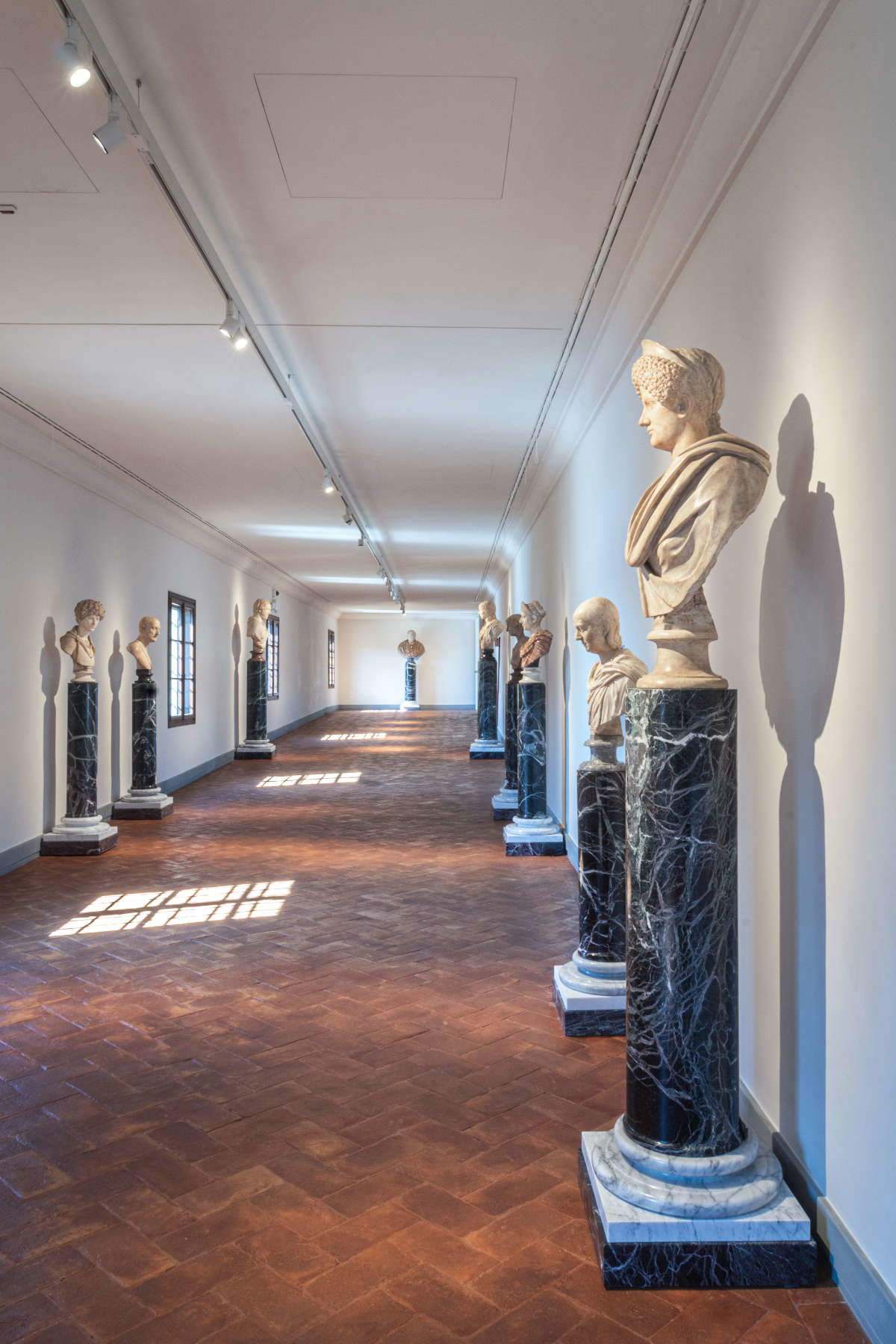
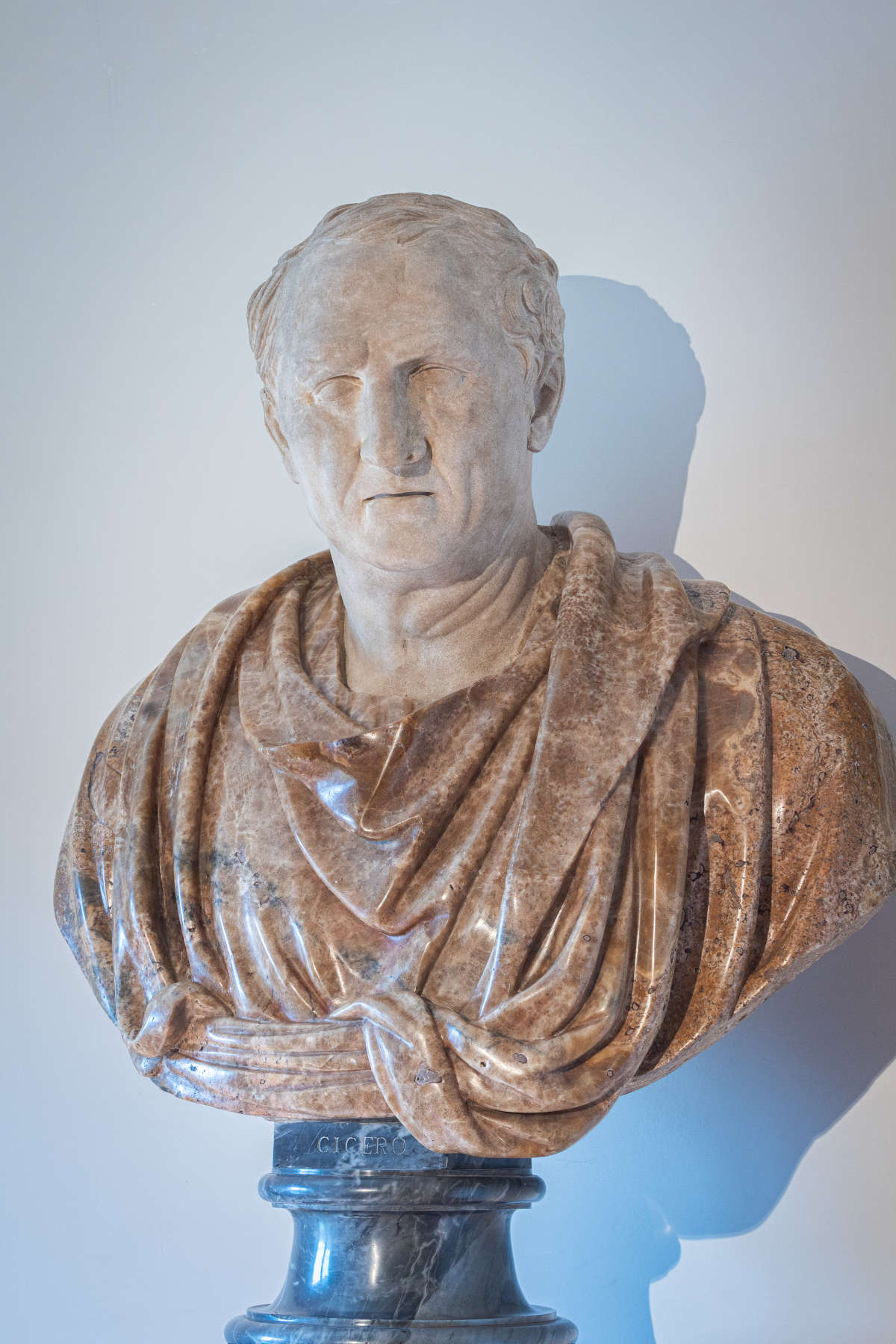
Their relocation to the Vasarian Corridor today meets a twofold need: to free up storage space and, at the same time, to return a forgotten heritage to the city. Most of the busts now visible were purchased on the antiquities market by historian and deputy director of the Uffizi Luigi Lanzi. In the second half of the eighteenth century, Lanzi sensed that the presence of a collection of imperial portraits would allow the Florentine museum to engage in a dialogue - in terms of quality and completeness - with the great Roman collections, such as that of the Capitoline Museums, traditionally dominant in the field of classical antiquity.
The decision to recover today those same works in the Vasarian Corridor is meant to be the resumption of an enlightened vision that had seen in Florence a pole of knowledge and study capable of rivaling the Capital. Reconnecting Vasari to Lanzi means, after all, mending the weave of a museum identity that from the 16th century traverses the Grand Tour and reaches today’s global cultural tourism.
Director of the Galleries Simone Verde states: “After the re-establishment of the Hall of Ancient Marbles on the second floor of the Gallery, this display is a further step, under the motto ’Future in Antiquity,’ toward the enhancement of Medici archaeological collecting, which at the Uffizi is present with such exemplary complexes as the Sala della Niobe, the series of sculptures in the corridors recomposed on the basis of the eighteenth-century arrangement, later historicized, by the then deputy director of the Gallery Luigi Lanzi, and the ambitious and evocative project, currently underway, of reconstituting the ancient inscription shelter.”
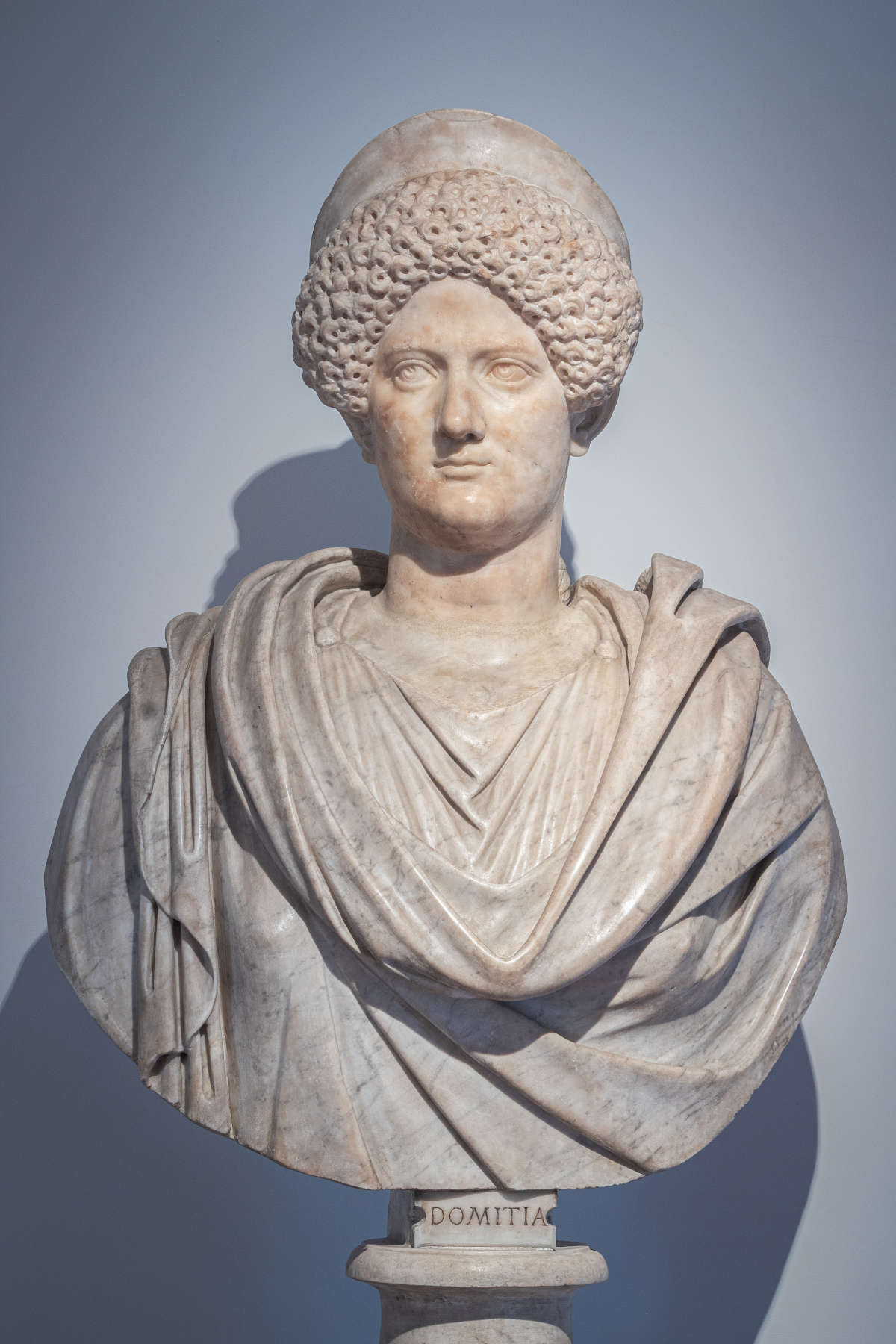
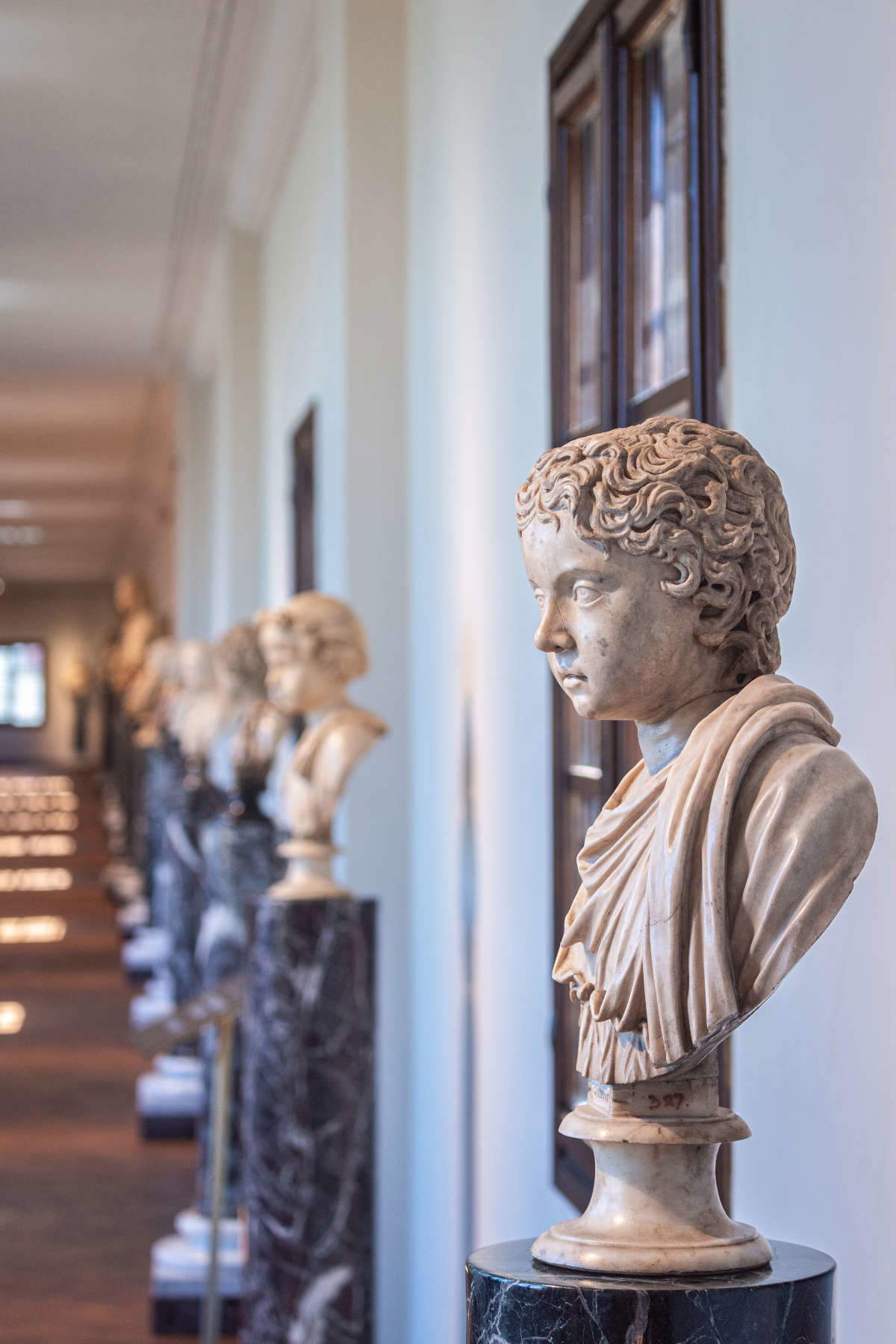
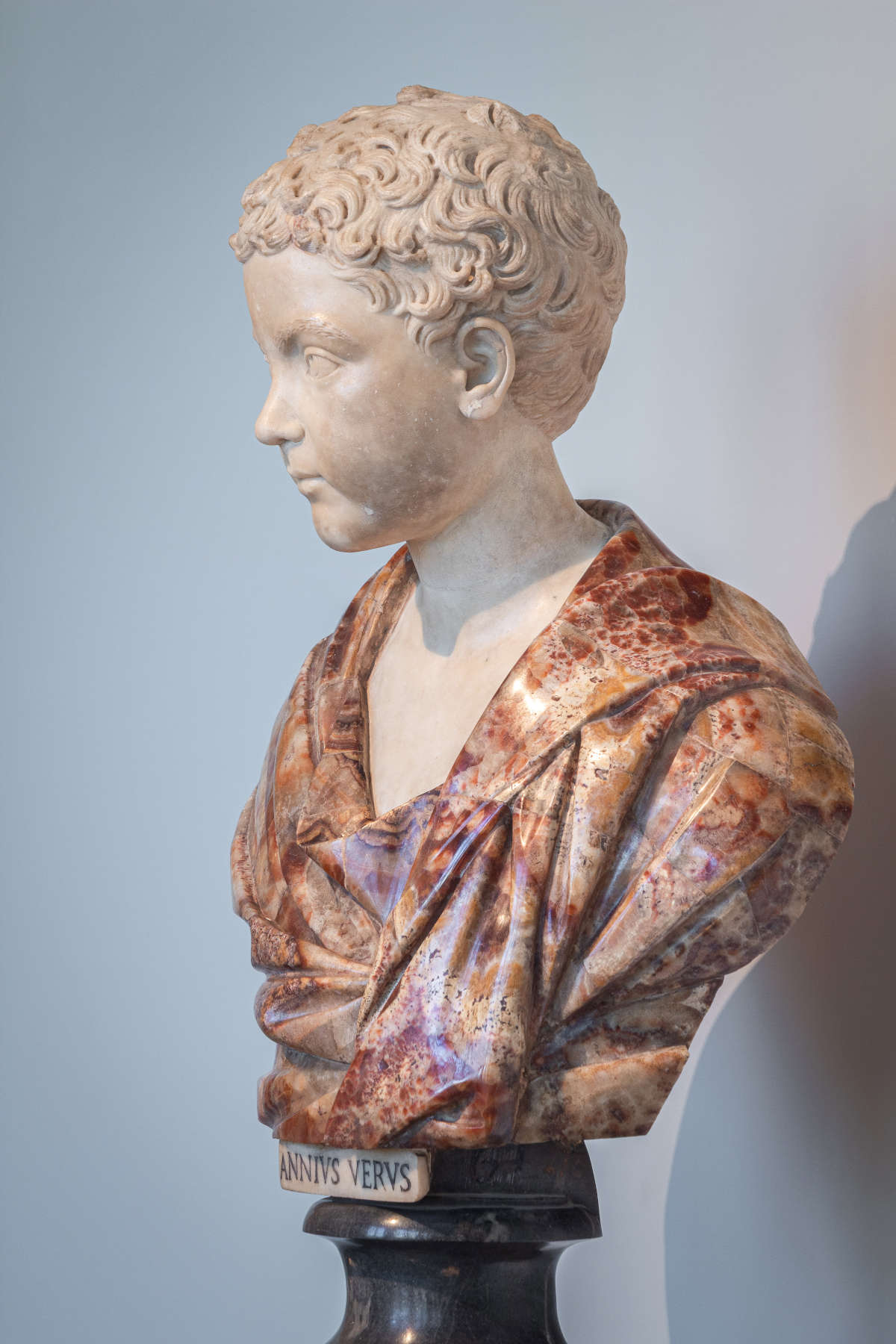
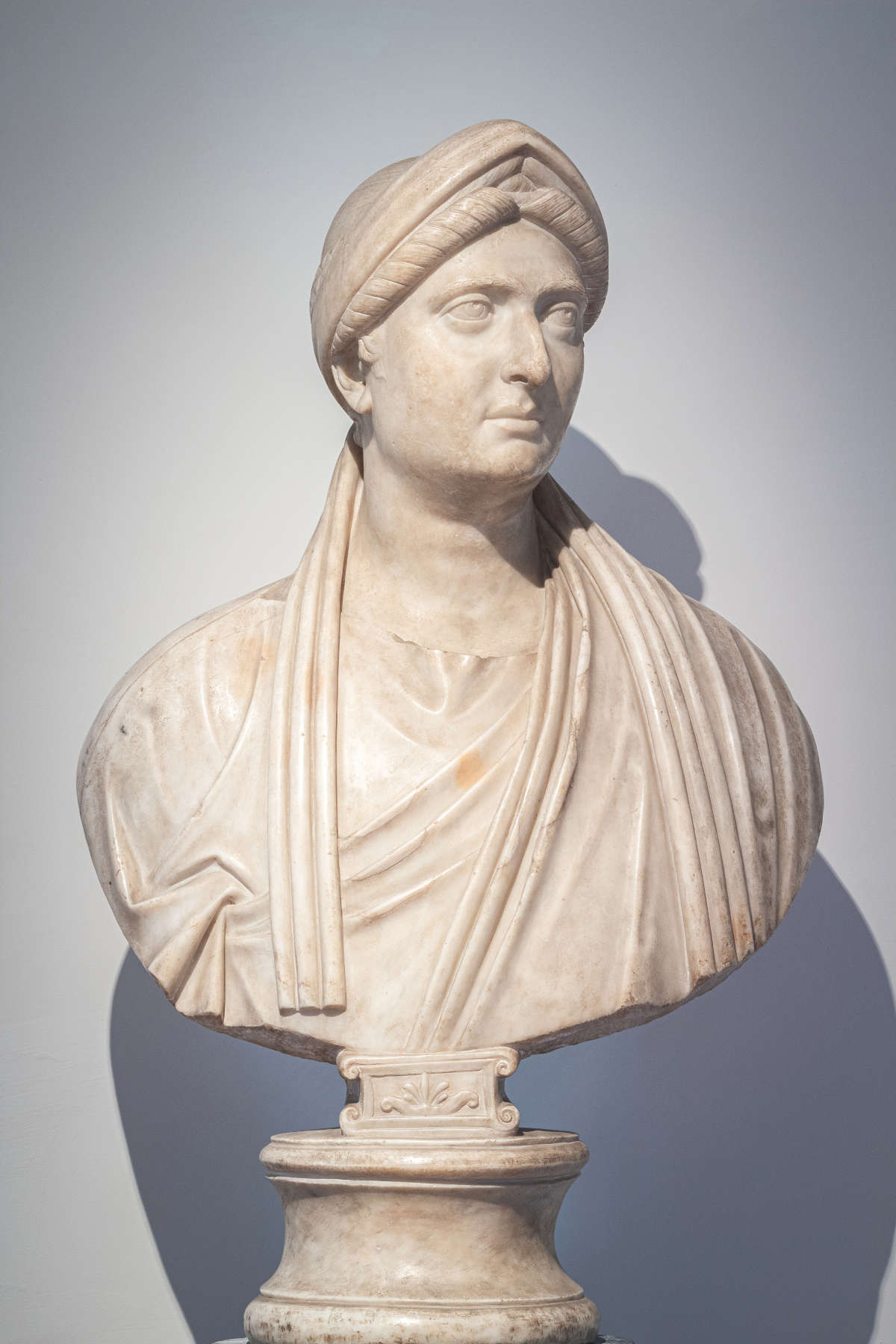
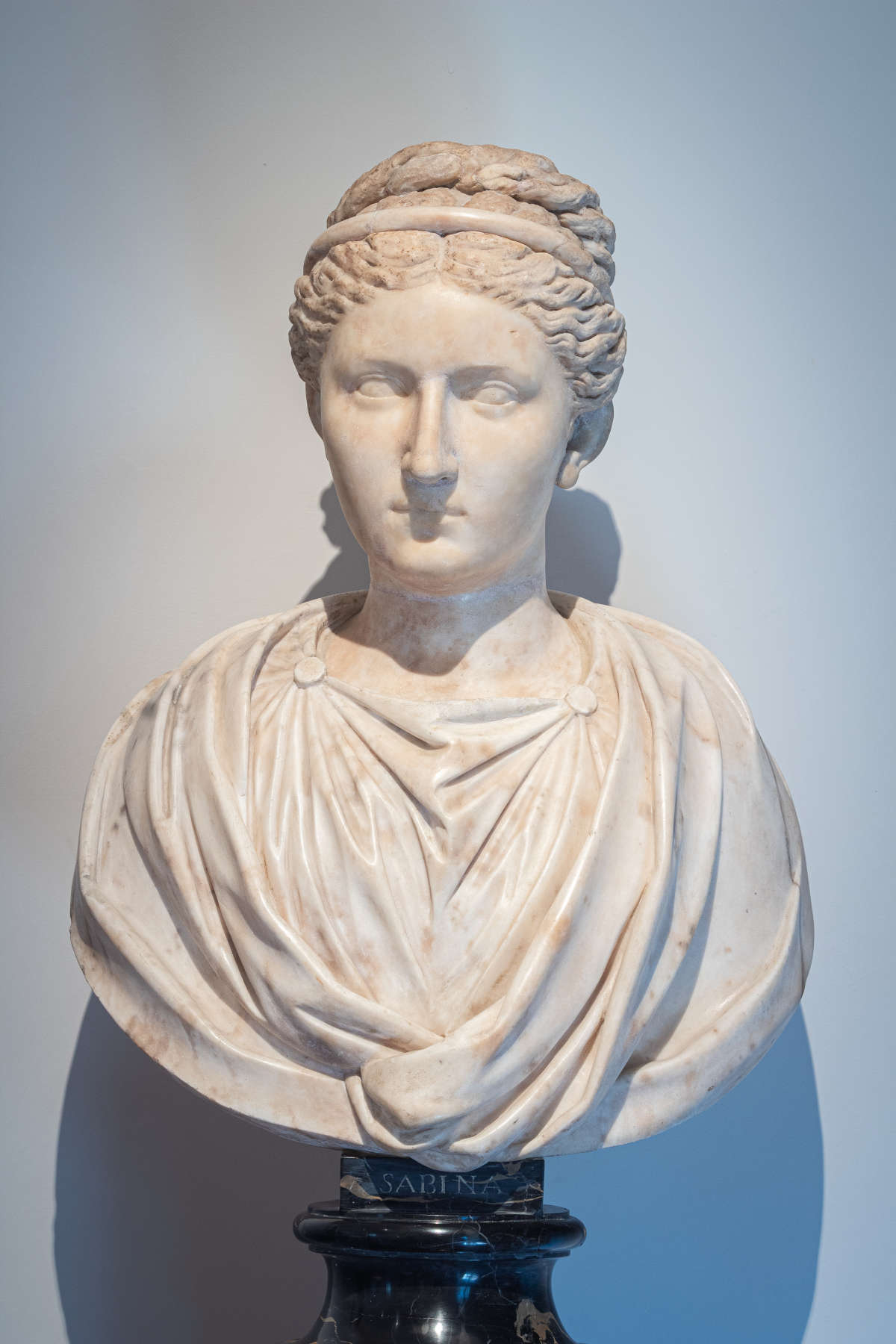
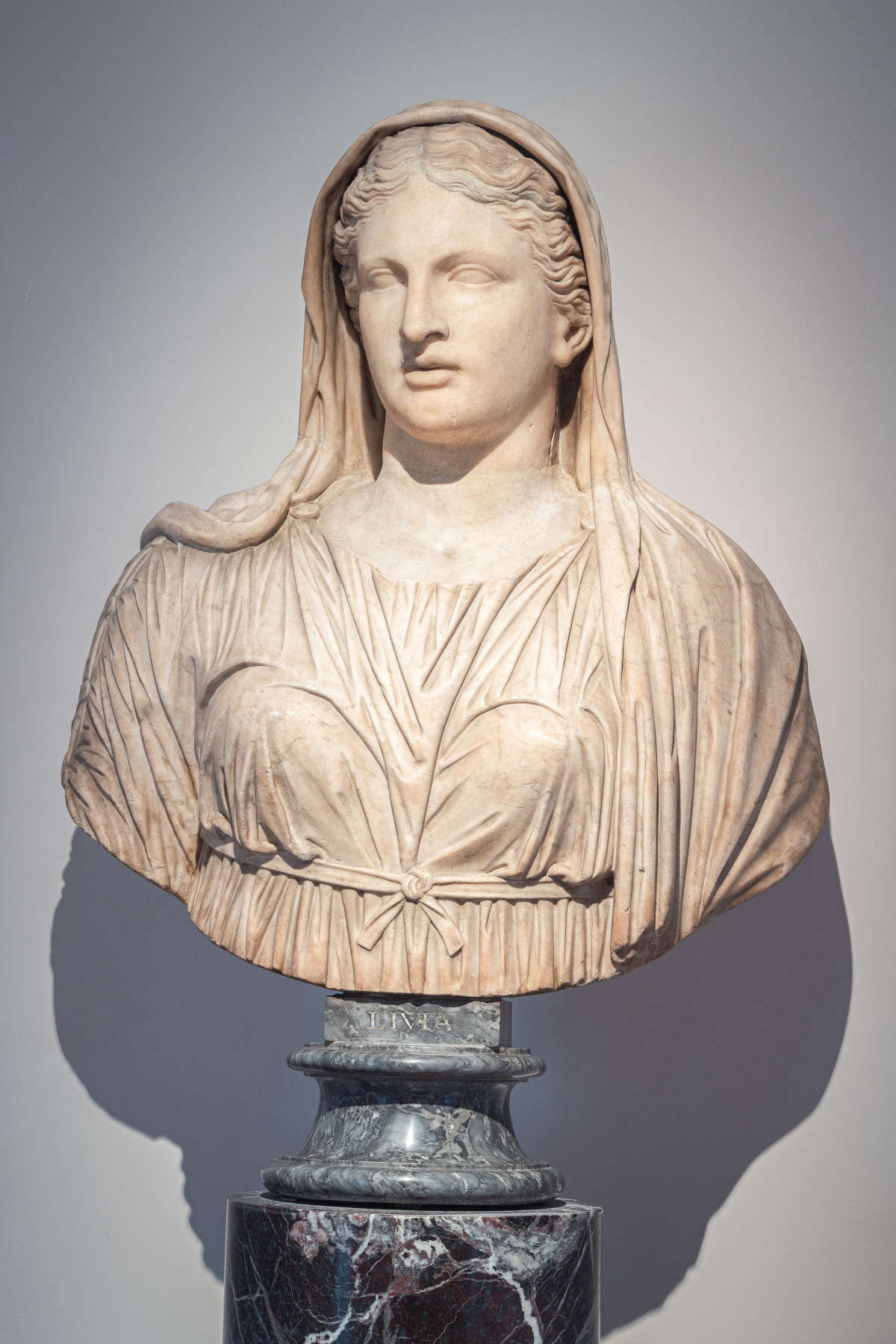
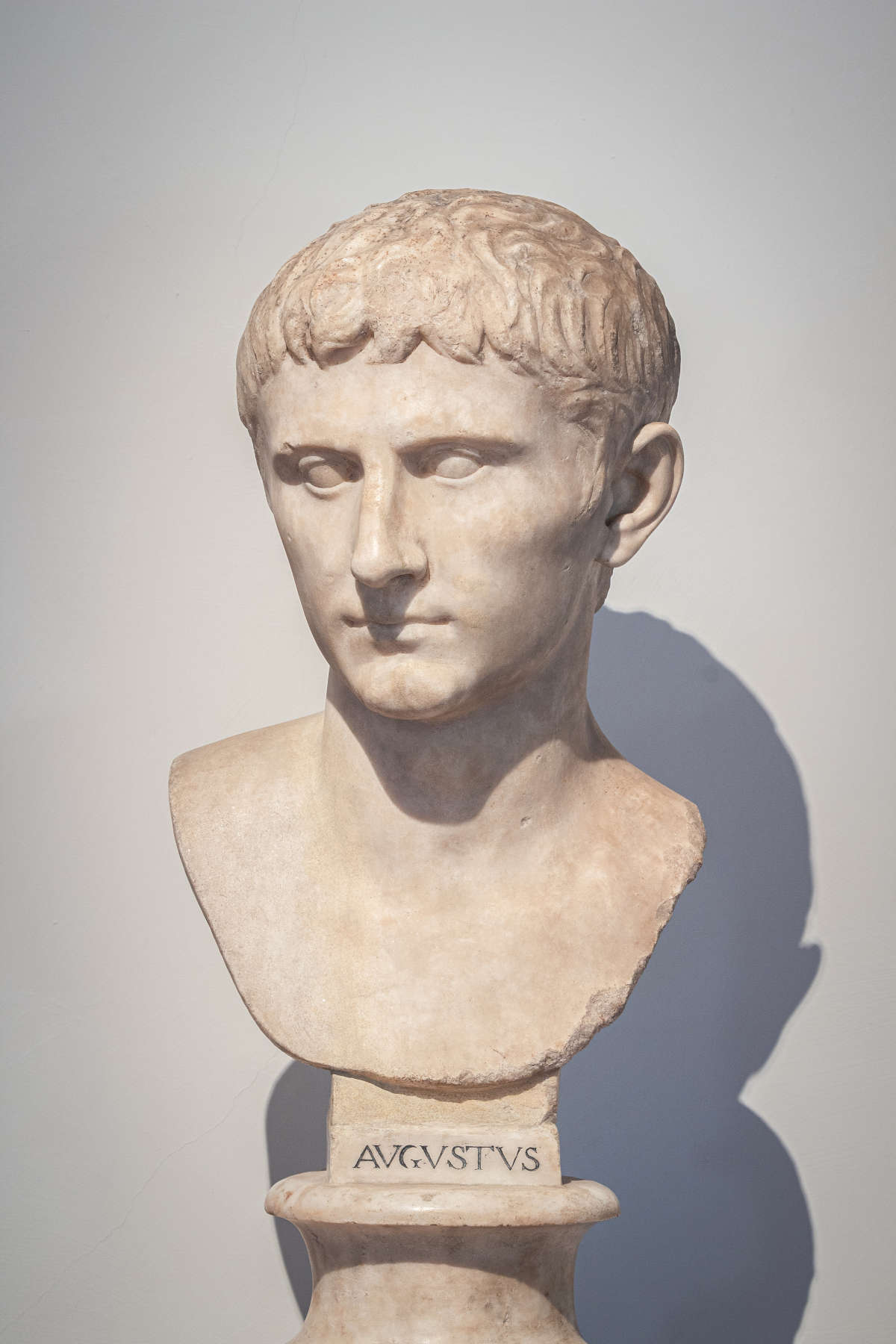
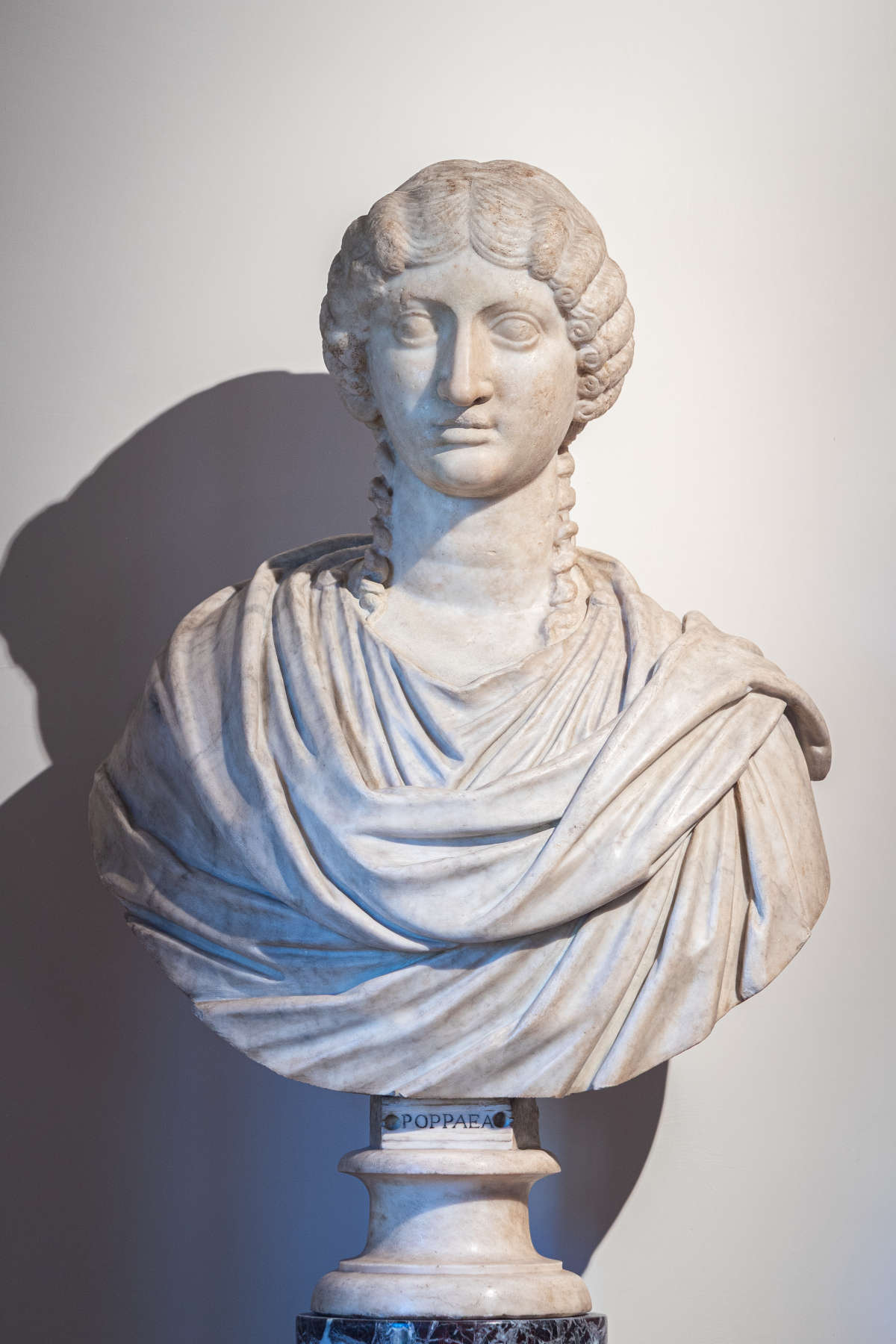
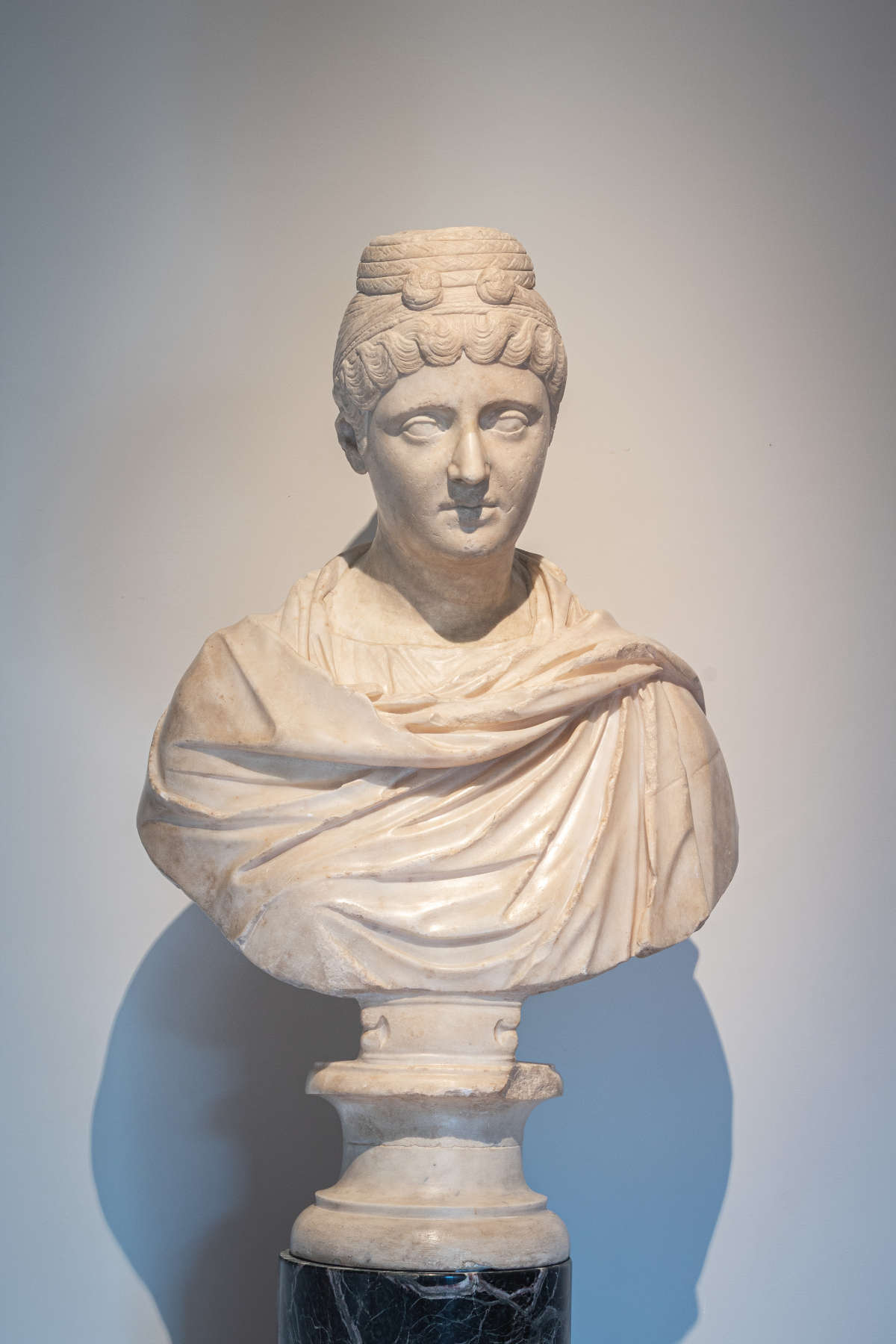
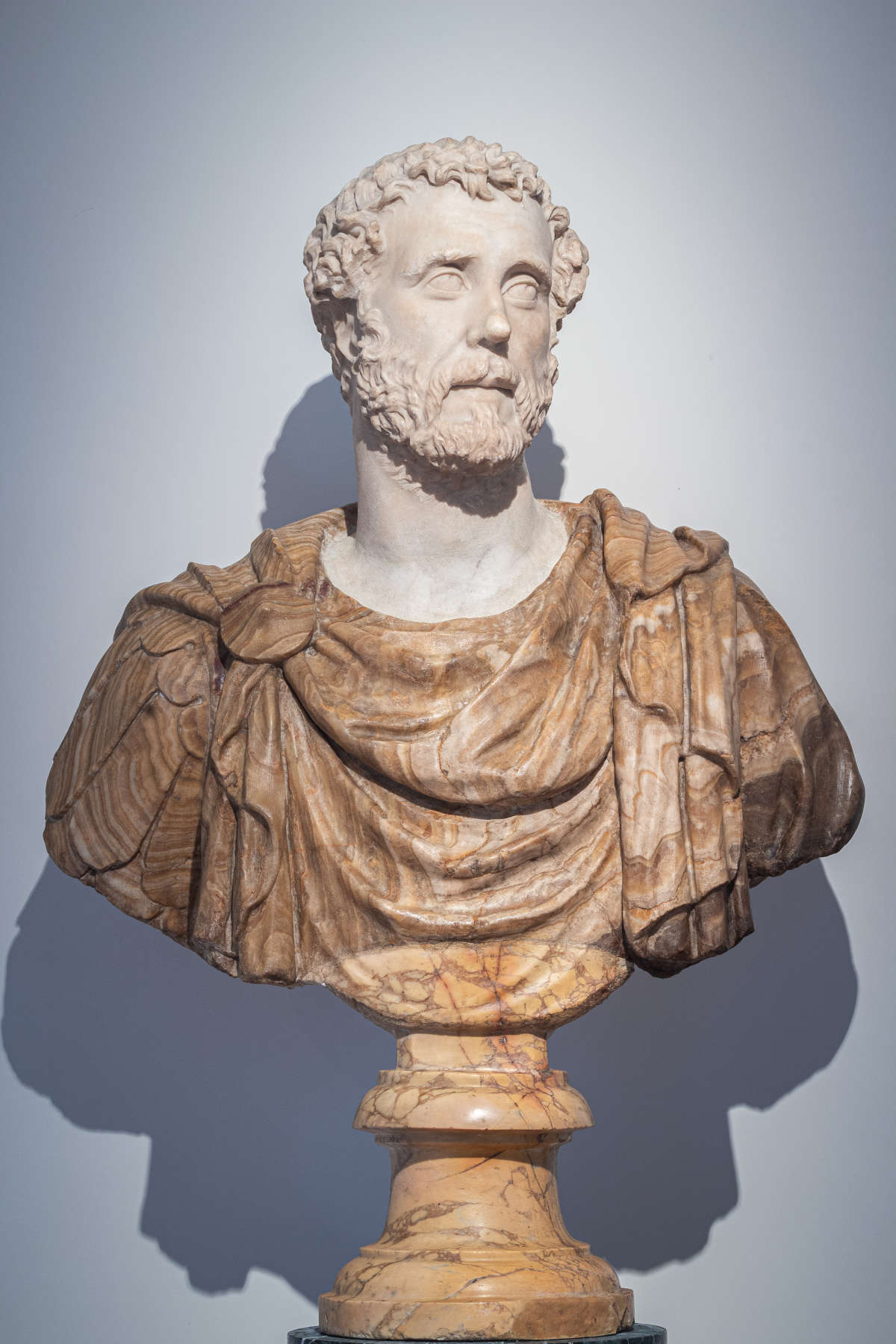
 |
| The Vasari Corridor becomes a museum of antiquities: 50 imperial busts on display |
Warning: the translation into English of the original Italian article was created using automatic tools. We undertake to review all articles, but we do not guarantee the total absence of inaccuracies in the translation due to the program. You can find the original by clicking on the ITA button. If you find any mistake,please contact us.